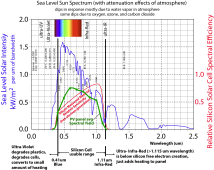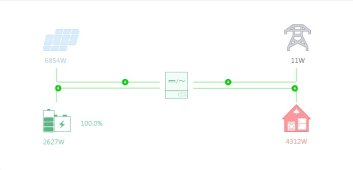billynoah
New Member
- Joined
- Nov 16, 2021
- Messages
- 13
When I google "Solar Production on Overcast Days" there is one universal answer that's repeated across a bazillion websites "10 – 25% of their normal power output". Have any of you found this to be true?
I have a brand new system consisting of 20 LG 435W panels (max rated capacity is 8.7kW) and makes around 8.3kW on a sunny day. At first I was experiencing number like 1000W - 2000W during cloudy days which seems in line with the 10 - 25% estimate. However, in the last week I've had two cloudy days and they are barely making over 300W. Right at this moment the array output is 322W and it's 11 am.
Does this seem normal?
I have a brand new system consisting of 20 LG 435W panels (max rated capacity is 8.7kW) and makes around 8.3kW on a sunny day. At first I was experiencing number like 1000W - 2000W during cloudy days which seems in line with the 10 - 25% estimate. However, in the last week I've had two cloudy days and they are barely making over 300W. Right at this moment the array output is 322W and it's 11 am.
Does this seem normal?





